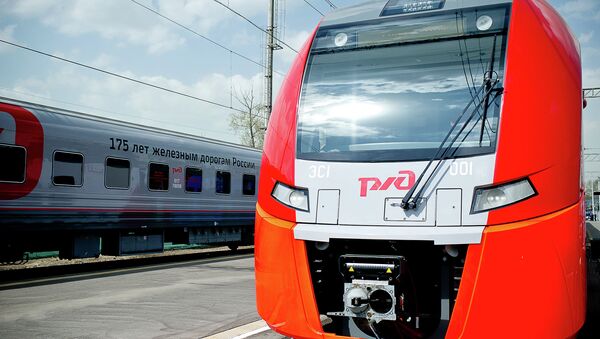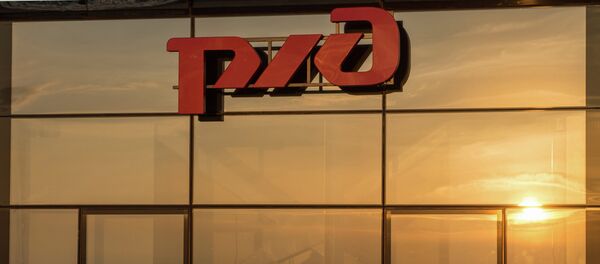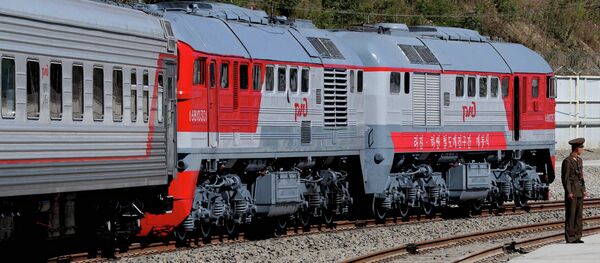MOSCOW (sputnik) — The company's press release stated:
“The holding’s net profit was 45 billion rubles, compared to 26 billion last year, thanks to transaction streamlining and an improved receipt/outlay balance.”
Receipts and Outlays
Total revenue grew by 8.1 percent to 1.040 trillion rubles. In particular, freight shipment revenue grew by 3.6 percent to 648 billion rubles as the cargo turnover increased by 1.2 percent and the average revenue rate went up.
“Though tariffs were growing, the average revenue rate increase was restrained by a drastic change in the freight structure in favor of cheaper goods and vehicles,” the press release states.
Logistics revenues increased by 28.4 percent to 190 billion rubles with growth of the Gefco subsidiary revenues from transnational deals and a decline in the average ruble rate compared with the same period last year. These revenues made up 18.3 percent of total revenues, compared to 15.3 percent in 2015.
Russian Railways’ transaction costs increased by 6.3 percent to 980 billion rubles, mainly as a result of the growing costs of partners’ shipping and logistic services due to the holding’s increased transnational logistic revenues, which entirely compensate these outlays.
Labor remuneration and social welfare costs stayed at last year’s level thanks to their streamlining in the first half-year.
EBITDA and Investments
EBITDA increased by 15 percent to 220 billion rubles to send its earning capacity up to 24.5 percent compared with 22.4 percent in the same months last year “against the background of the company’s growing profits and due to streamlined transaction costs to increase its efficiency.”
The EBITDA/net interest paid ratio, considering capitalized interest, was 5.07. The company explains that growing interest payments are linked to the decrease in the share of capitalized interest as new basic assets are commissioned, and to the rise of interest rates on infrastructure bonds tied to the inflation rate.
The company’s capital investment amounted to 198 billion rubles compared with 158 billion the year before. The company reports further updating of the locomotive fleet, increased railroad throughput and safety, and the implementation of infrastructure projects on government transport development programs.
The Russian Railways IFRS report also takes into account its 198 subsidiaries.
The Russian Railways open-end joint stock company was established on October 1, 2003, with the federal government holding 100 percent of shares.




